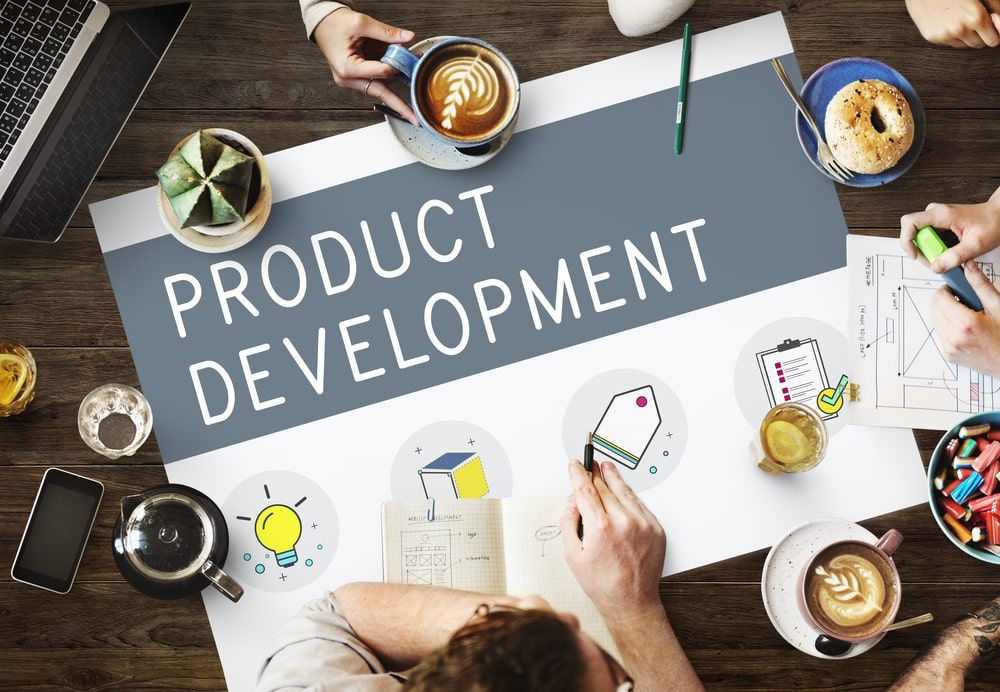Introduction to Product Development
Product development is the process of bringing a new product or service from idea to market. It encompasses all stages, from ideation and design through to manufacturing, market testing, and launch. Successful product development requires a strategic approach, meticulous planning, and cross-functional collaboration.
Ideation and Conceptualization
The first step in product development is ideation and conceptualization. This phase involves brainstorming and gathering innovative ideas that meet market needs. Effective ideation is driven by understanding consumer problems and identifying gaps in the market.
Techniques for Effective Ideation
- Brainstorming Sessions: Collaborative sessions that encourage free-thinking and idea generation.
- SWOT Analysis: Identifying strengths, weaknesses, opportunities, and threats to refine ideas.
- Market Research: Studying market trends, consumer behavior, and competitor products.
- Customer Feedback: Gathering insights directly from potential users to inform product ideas.
Market Research and Feasibility Analysis
Once a product idea is formed, the next step is to conduct thorough market research and feasibility analysis. This involves evaluating the market potential, target audience, competition, and financial viability.
Key Elements of Market Research
- Target Audience Identification: Understanding the demographics, preferences, and behaviors of potential customers.
- Competitive Analysis: Assessing competitors’ products, strengths, weaknesses, and market positioning.
- Market Trends: Analyzing current trends and future forecasts in the industry.
- Financial Projections: Estimating costs, revenues, and profitability to ensure financial feasibility.
Design and Prototyping
After validating the concept, the design and prototyping phase begins. This phase translates ideas into tangible products through detailed design specifications and prototypes.
Steps in the Design and Prototyping Phase
- Product Design: Creating detailed design documents, including sketches, blueprints, and 3D models.
- Prototyping: Developing functional prototypes to test design concepts and usability.
- User Testing: Gathering feedback from potential users to refine the product design.
- Iterative Development: Continuously improving the design based on user feedback and testing results.
Product Development and Testing
With a refined prototype, the next phase involves actual product development and rigorous testing. This stage ensures the product meets quality standards and performs as intended.
Development Process
- Manufacturing Planning: Establishing manufacturing processes, sourcing materials, and setting up production lines.
- Quality Assurance: Implementing strict quality control measures to ensure product reliability and safety.
- Testing and Validation: Conducting various tests, including functionality, performance, and safety tests, to validate the product.
Product Launch and Marketing Strategy
The final phase of IT product development is launching the product and implementing a robust marketing strategy to ensure market success.
Steps to a Successful Product Launch
- Launch Planning: Developing a detailed launch plan, including timelines, budgets, and key milestones.
- Marketing Campaigns: Creating targeted marketing campaigns to generate awareness and interest.
- Sales Strategy: Developing a sales strategy that includes pricing, distribution channels, and sales promotions.
- Post-Launch Review: Continuously monitoring product performance and customer feedback to make necessary adjustments.
Conclusion
Product development is a complex but rewarding process that requires careful planning, execution, and continuous improvement. By following a structured approach from ideation to market launch, businesses can develop successful products that meet market needs and drive business growth.
Keep an eye for more news & updates on Tribune Tribune!




